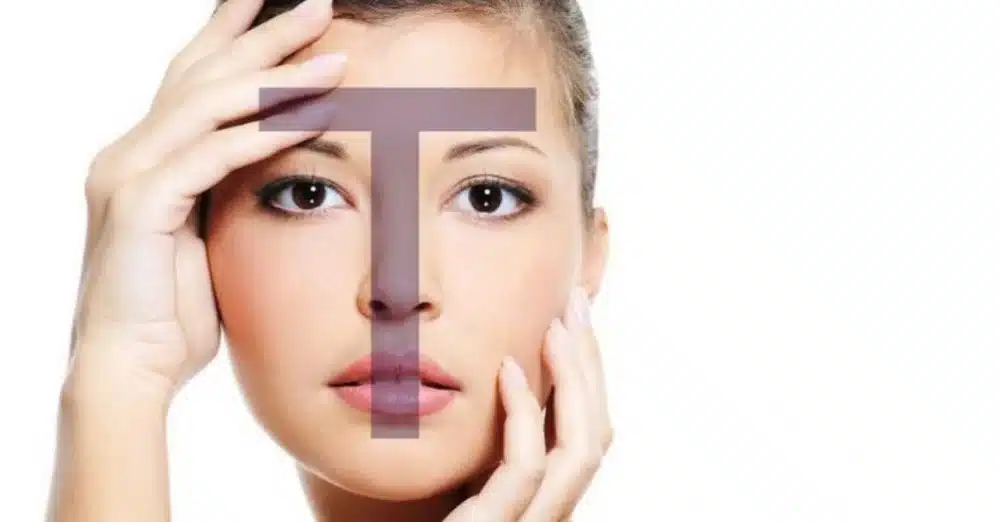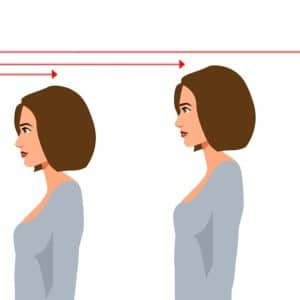What is the function of the T-zone in the skin?

What is the function of the T-zone in the skin?
What is the function of the T-zone in the skin?
The forehead, nose, and chin, collectively known as the “T-zone,” are notorious for being oilier than the rest of the face. While this shine can be removed, excess sebum can lead to skin problems, including clogged pores and acne, which are due to the number and activity levels of sebaceous glands, according to a report published by Live Science.
An oily substance called sebum
The skin covering the forehead, nose and chin has more sebaceous glands — tissue that secretes an oily substance called sebum — than anywhere else on the face, says Dr. Gregory Papadias, a dermatologist and former president of the Colorado Dermatology Society. But the exact amount of sebum produced by these glands can vary depending on a person's genetics, age, type of skin care products they use, and their hormone levels.
Protect and nourish the skin
According to a scientific review, the results of which were published in 2011 in the journal Dermato-endocrinology, the fatty components found in sebum are essential for keeping the skin moist, nourished and protecting it from damage that may result from mechanical friction, such as rubbing or stretching. Sebum is more than just a protective layer, the waxy substance is packed with antimicrobial and anti-inflammatory compounds, making it an integral part of the skin's immune defenses. The sebaceous glands release this mixture through a complex process called holocrine secretion, in which the cells fill with sebum and then self-destruct, spewing the substance onto the skin.
acne
A person's genetics, age and hormones regulate the complex internal workings of the sebaceous glands, Papadias said. According to the 2021 meta-analysis published in the journal BMC Medical Genomics, studies suggest that the same genes that influence someone's susceptibility to acne may also be linked to high activity in the sebaceous glands.
Sebum secretion can also increase in response to various hormones, including androgens, the group of hormones primarily responsible for stimulating the development of masculine traits, which are also found in females, although in much smaller quantities than in males.
Puberty and male hormones
This is why the T-zone can become particularly oily during puberty, when reproductive hormone levels rise, and also becomes less oily with age, as hormone levels decline, Papadias said. Interestingly, the skin on the forehead, nose and chin may have more sensitive androgen receptors than the rest of the face, which means it may produce more sebum in response to male reproductive hormones.
Other hormones that affect sebum production include those produced by the thyroid gland and growth hormone, which is produced by the pituitary gland in the brain and helps control height, bone length, and muscle growth.
Environmental and lifestyle factors
Dr. Hassan Galadari, a fellow at the American Academy of Dermatology, says that environmental and lifestyle factors, such as exposure to air pollution or following certain skin care practices, can also stimulate oil secretion in the T-zone. For example, oil-based skin care products and sunscreen can Chemical sun can sometimes disrupt skin function by clogging and inflaming the sebaceous glands.






